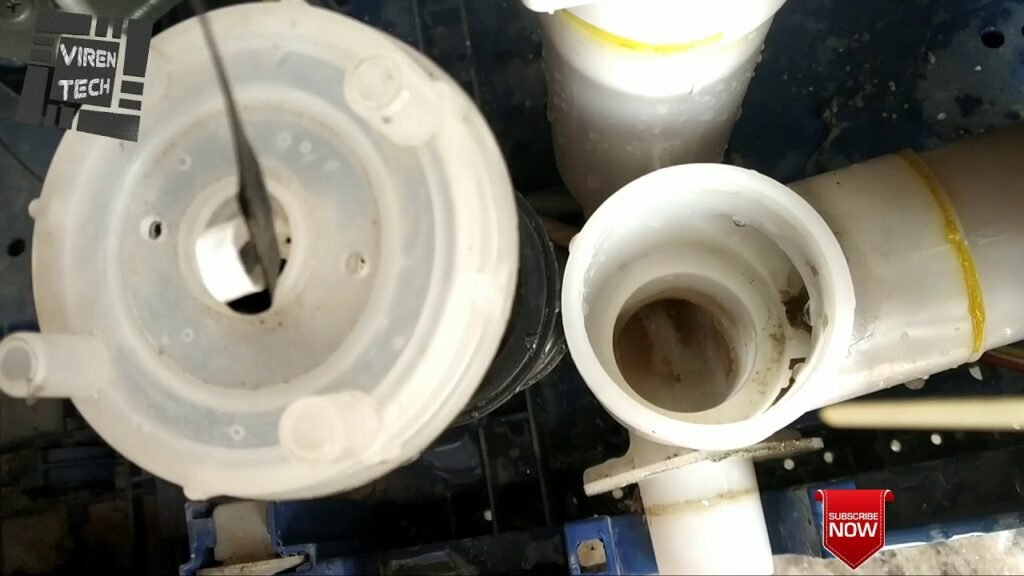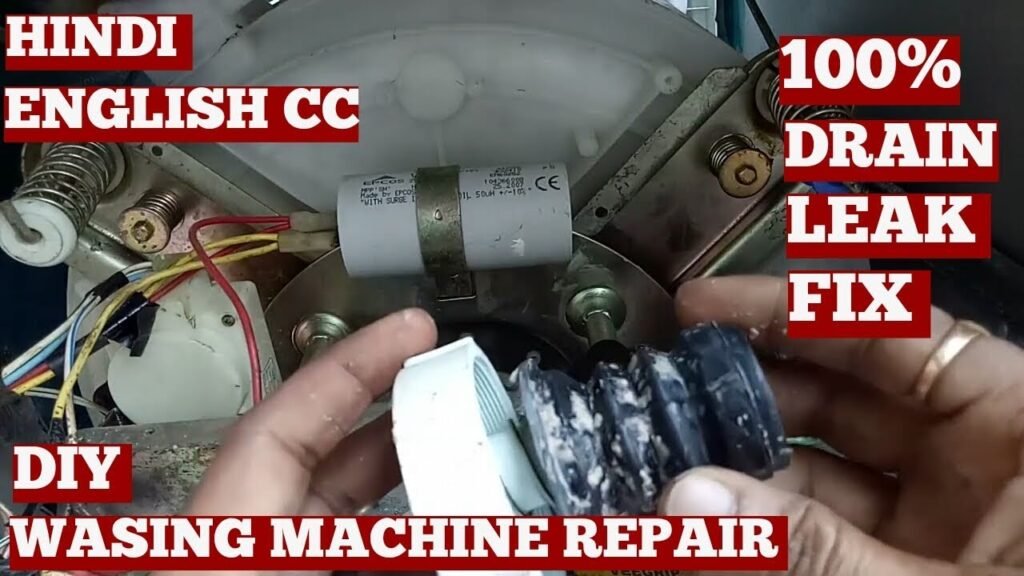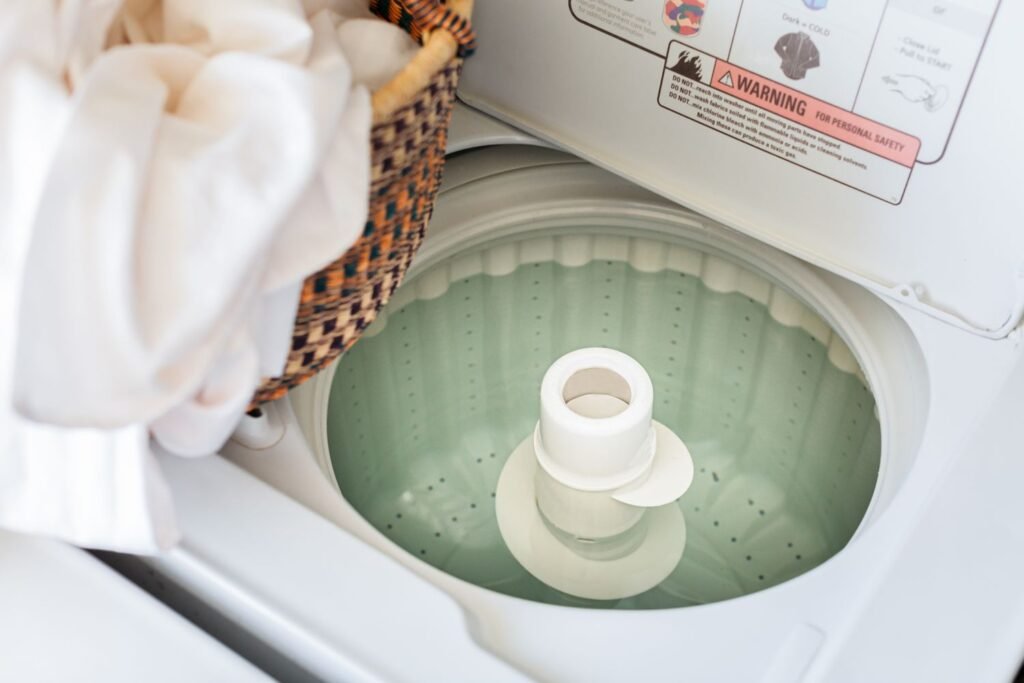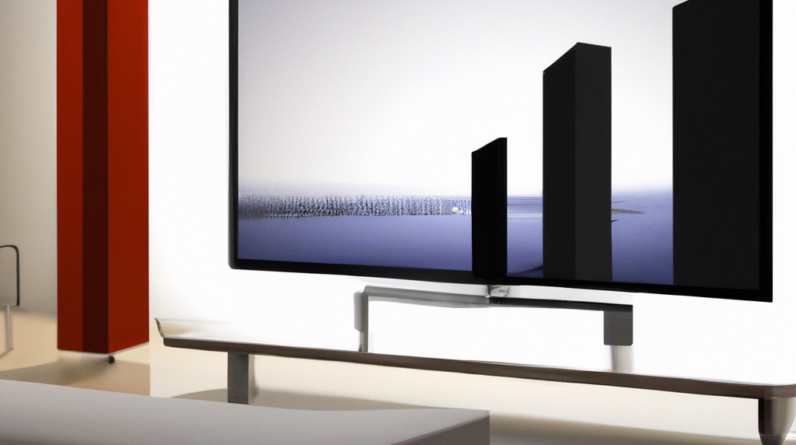
Have you ever experienced the frustration of a washing machine that refuses to drain? Well, fret not! In this article, we will guide you through the process of troubleshooting a washing machine drainage issue. Whether it’s a clogged drainpipe or a malfunctioning pump, we will explore the potential causes and provide you with simple yet effective solutions to get your laundry woes sorted. So, say goodbye to soggy clothes and say hello to hassle-free laundry days!
Troubleshooting a Washing Machine Drainage Issue
Has your washing machine been having trouble draining properly? Don’t worry, we’re here to help you troubleshoot and find a solution to this common problem. In this article, we will guide you through the process of checking external factors, inspecting the drain hose, examining the drain pump, checking the lid switch, evaluating the drain filter, verifying the drainage hose height, testing the water pump belt, checking for overloading issues, inspecting the timer or control board, and finally, consulting professional help if needed. By following these steps, you can potentially identify and resolve the drainage issue with your washing machine.

This image is property of i.ytimg.com.
1. Checking External Factors
Before digging into the internal workings of your washing machine, it’s important to first check external factors that may be affecting its drainage. Start by examining the power supply to ensure that your machine is receiving the necessary electricity. Next, check the water supply to ensure that there is enough water flowing into the machine for it to function properly. Lastly, inspect the drainage system to ensure that the wastewater has a clear path to exit your machine and reach the appropriate outlets.
2. Inspecting the Drain Hose
The drain hose plays a crucial role in facilitating the proper drainage of your washing machine. Begin by checking for any blockages or clogs that may be hindering the water from flowing freely. Clear any debris that you may find using a plumbing snake or a similar tool. Additionally, ensure that the hose is properly positioned, allowing for a smooth flow of water. Lastly, inspect the hose for any signs of damage such as cracks or leaks. If you spot any damage, it may be necessary to replace the hose to restore proper drainage.
3. Examining the Drain Pump
The drain pump is responsible for removing the wastewater from your washing machine. If it malfunctions or fails, it can prevent proper drainage. Inspect the drain pump for any signs of malfunction, such as unusual noises or a lack of movement. Additionally, check for foreign objects that may have become lodged in the pump, obstructing its functionality. Lastly, ensure that the pump motor is in good condition by checking for any signs of damage or wear that may require repair or replacement.
4. Checking the Lid Switch
The lid switch is a safety mechanism that prevents the washing machine from draining while the lid is open. If the switch malfunctions or if the lid is misaligned, it can disrupt the drainage process. Test the functionality of the lid switch by manually pressing it while the machine is in operation. If the drainage resumes after pressing the switch, it may indicate a faulty switch that needs to be replaced. Additionally, check the alignment of the lid to ensure that it is properly closed and activating the switch.

This image is property of www.expresssewer.com.
5. Evaluating the Drain Filter
The drain filter is located near the drain pump and is responsible for catching any debris or lint that may have escaped the washing machine. Over time, the filter can become clogged, obstructing proper drainage. Inspect the filter for any blockages and clean it thoroughly to remove any accumulated debris. Regularly cleaning the drain filter will help prevent future drainage issues and maintain the efficiency of your washing machine.
6. Verifying the Drainage Hose Height
The height at which the drainage hose is positioned can affect the proper functioning of your washing machine. Ensure that the hose is positioned correctly, with the end placed higher than the water level in the machine. This will allow for the natural flow of water through gravity and prevent any backflow issues. Additionally, check for any height restrictions that may be causing the water to not drain properly. Adjust the height of the hose accordingly to resolve any drainage problems.

This image is property of i.ytimg.com.
7. Testing the Water Pump Belt
The water pump belt is responsible for driving the pump that removes the water from your washing machine. If the belt is too loose or worn out, it may cause poor drainage. Start by checking the tension of the belt, ensuring that it is neither too loose nor too tight. If the belt feels loose, it may need to be tightened or replaced altogether. Additionally, inspect the belt for any signs of wear or damage, such as fraying or cracking. A worn-out belt should be replaced to restore proper drainage.
8. Checking for Overloading Issues
Overloading your washing machine can put excessive strain on its drainage system, resulting in poor drainage. Reduce the load size in your machine to a reasonable and recommended capacity. Over time, the load balance can also become uneven, causing drainage issues. To resolve this, rebalance the load by redistributing the clothes evenly within the drum. By properly managing the load size and ensuring a balanced load, you can prevent drainage issues caused by overloading.

This image is property of i.ytimg.com.
9. Inspecting the Timer or Control Board
The timer or control board of your washing machine is responsible for regulating the various functions, including the drainage cycle. A malfunctioning timer or control board can disrupt the drainage process. Check for any signs of timer malfunction, such as incorrect timing or failure to initiate the drainage cycle. Additionally, inspect the control board for any visible issues like loose connections or burnt components. If you suspect a problem with either component, it is advisable to seek professional help for repair or replacement.
10. Consulting Professional Help
If you have followed all the previous steps and are still experiencing drainage issues with your washing machine, it may be time to consult professional help. Contact the manufacturer or a qualified technician for assistance. They have the expertise and specialized tools to diagnose and repair any complex issues that may be causing the poor drainage. Depending on the extent of the problem and the age of your washing machine, they can advise you on repair options or recommend a replacement if necessary.
In conclusion, troubleshooting a washing machine drainage issue involves a step-by-step process of checking external factors, inspecting the drain hose, examining the drain pump, checking the lid switch, evaluating the drain filter, verifying the drainage hose height, testing the water pump belt, checking for overloading issues, inspecting the timer or control board, and consulting professional help if needed. By following these guidelines and addressing any identified issues, you can potentially resolve the drainage problem and restore the proper functioning of your washing machine. Remember to prioritize your safety and consult professionals when in doubt.

This image is property of www.thespruce.com.






